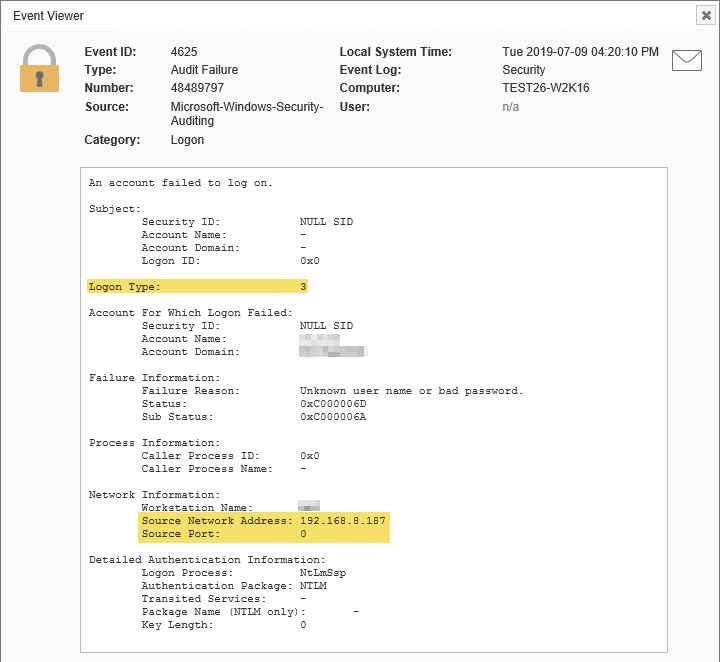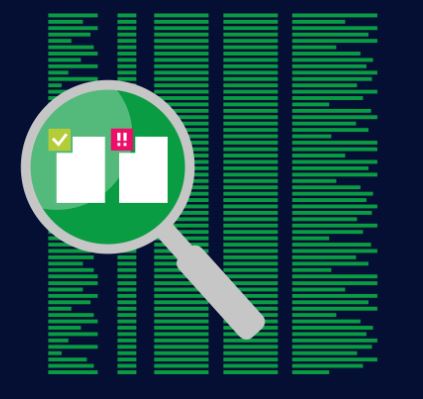

Early home computers and personal computers did not generally require them until Windows NT, OS/2 and Linux in the 1990s. The terms became common with the time sharing systems of the 1960s and Bulletin Board Systems (BBS) in the 1970s.
#LOGON TYPE 3 PASSWORD#
There can be different methods of logging in that may be via image, fingerprints, eye scan, password (oral or textual input), etc. There are also people who choose to have a password-protected screensaver set to activate after some period of inactivity, thereby requiring the user to re-enter his or her login credentials to unlock the screensaver and gain access to the system. Logging out of a computer, when leaving it, is a common security practice preventing unauthorised users from tampering with it. As a security precaution, one should not rely on implicit means of logging out of a system, especially not on a public computer instead, one should explicitly log out and wait for the confirmation that this request has taken place. This feature comes in handy if the user is using a public computer or a computer that is using a public wireless connection. In addition, the server invalidates any associations with the session, thereby making any session-handle in the user's cookie store useless. In the case of websites that use cookies to track sessions, when the user logs out, session-only cookies from that site will usually be deleted from the user's computer.

For example, it is returnto= on this site. It can also be done implicitly, such as by the user powering off his or her workstation, closing a web browser window, leaving a website, or not refreshing a website within a defined period.Ī login page may have a return URL parameter, which specifies where to redirect back after logging in or out. Logging out may be performed explicitly by the user taking some actions, such as entering the appropriate command or clicking a website link label as such.

Once the user is logged in, the login token may be used to track what actions the user has taken while connected to the site. Logging in is usually used to enter a specific page, website or application, which trespassers cannot see. Finger print login, a recent banking security application


 0 kommentar(er)
0 kommentar(er)
